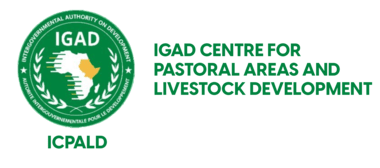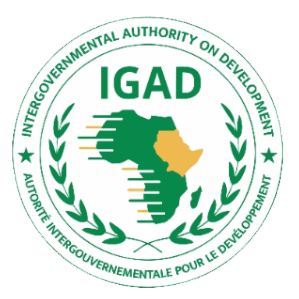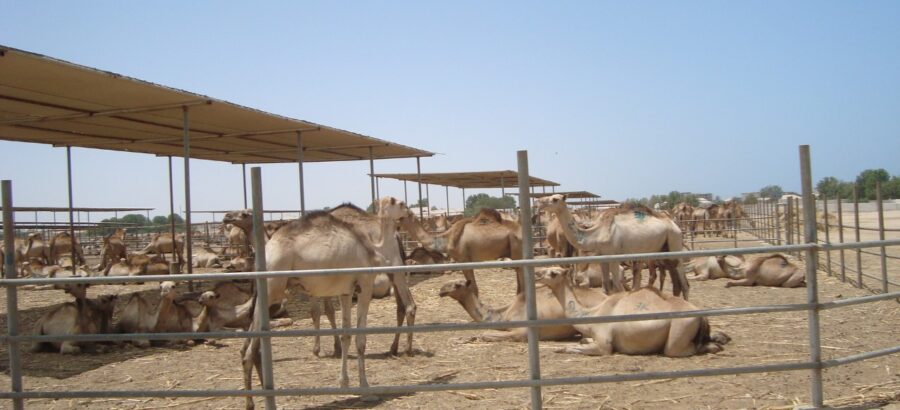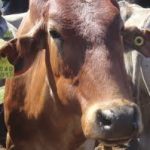During the months of May and June 2021, an outbreak of an unknown camel disease was reported from Ethiopia, in the regions of Oromia and Somalia. The disease was suspected to have a link to infections in humans, affecting nearly 200 people according to World Health Organization 2021 field report of June 12, 2021. Symptoms in humans included diarrhoea, fever and vomiting associated with the consumption of camel meat. Samples from camel and human cases were collected for laboratory investigation at National Animal Health Disease Investigation Center (NAHDIC). So far, no definitive causative agent has been identified, though the suspicion is that it is either a bacterial or viral infection.
A similar outbreak of unknown camel disease occurred in the Republic of Somalia but with no human infections. Some cases detected early in both Ethiopia and Somalia responded well to treatment using common antibiotics such as Penstrep, Tetracycline etc. Kenya also witnessed a similar outbreak during the first week of May 2020, which occurred along the cross-border areas of Ethiopia and Somalia; this is the same ecosystem for transhumance and trade. The clinical signs in camels included: thick, white mucopurulent discharge, lacrimation, difficult/labored breathing, extended neck, enlarged cervical and parotid lymph nodes, recumbence and death in 3-4 days. These symptoms were similar to those of infected camels in Ethiopia and Somalia, an indication that it could be the same causative agent though it requires further investigation for definitive diagnosis. ILRI supported diagnosis of samples collected from camels in Kenya, and the causative agent was diagnosed as Mannheimia Haemolytica.
Due to the related nature of the unknown camel disease along the borders of Somalia–Ethiopia and Kenya, IGAD/ICPALD convened a virtual regional meeting on July 5, 2021 in collaboration with FAO/SFE. The 33 participants in attendance were CVOs and technical teams from Djibouti, Ethiopia, Kenya, Somalia, Uganda, FAO, OIE, AU-IBAR and ILRI. The key objectives of the meeting were to document the status of the outbreak, preliminary findings, deliberate on how to arrive at the definitive causative agent of the disease, its relationship to human infection and control. The meeting also developed a road map detailing immediate and future actions to identify and control the disease.
The main actions agreed in the roadmap are: Regional task force establishment; Develop camel disease standard methods and procedures (SMPs); Coordinated diagnosis for confirmation of zoonotic nature; Supply of the kits and reagents; Harmonized surveillance, and Information sharing/awareness and vaccine development.






